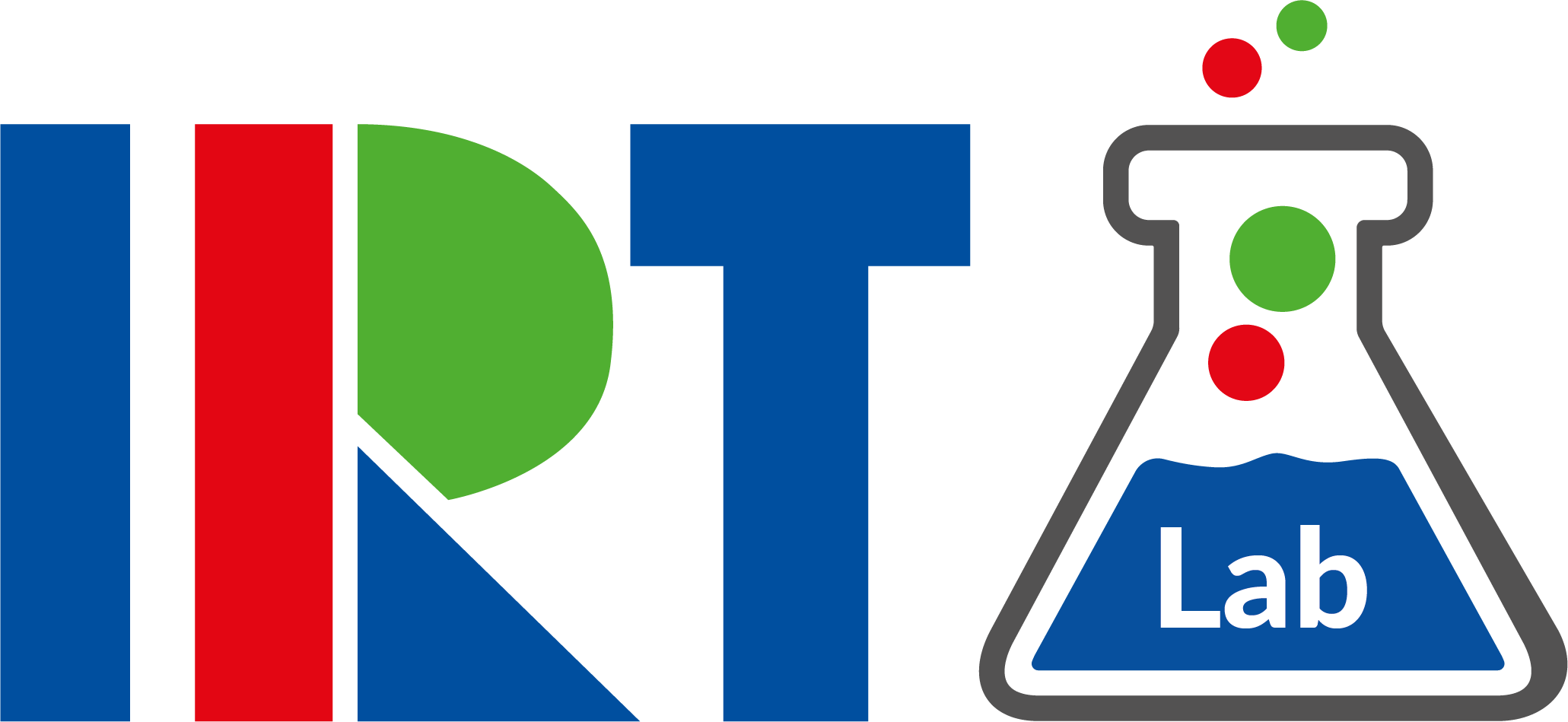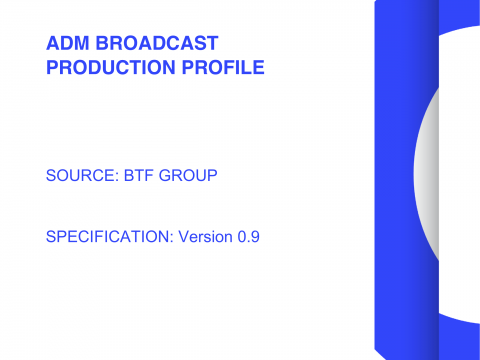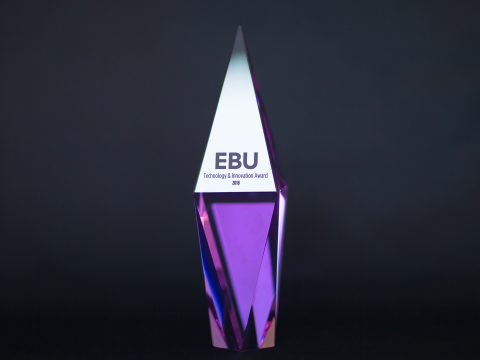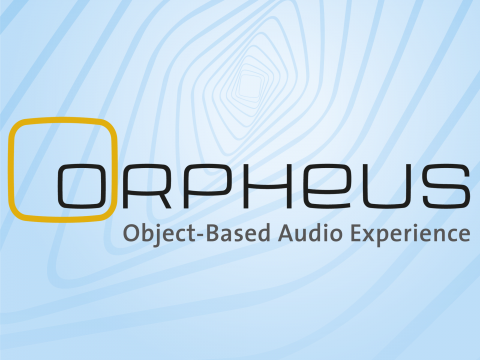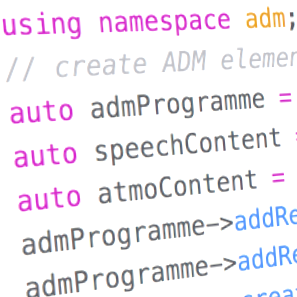ADM profiles for open object-based audio workflows
Our efforts to establish a Next Generation Audio (NGA) production workflow based on open standards is still ongoing. Next Generation Audio is designed to deliver highly adaptable audio for immersive, more personalized experiences and accessibility services. The Audio Definition Model (ADM) and the EBU ADM Renderer (EAR) are the backbone of the production workflow we …
